Disclosure: This article contains affiliate links. We may earn a commission from purchases at no extra cost to you, which helps our travel content.
When most travelers picture the Amalfi Coast, their minds immediately drift to colorful cliffside villages, azure waters, and limoncello. But beneath this postcard-perfect facade lies a historical tapestry woven over thousands of years. As someone who's spent decades exploring geological wonders with my own teenagers in tow, I've developed a knack for uncovering the stories etched in stone and soil. Last spring, my dear friend Elena (a history professor) and I escaped the Midwest chill to explore this spectacular coastline with a specific mission: to bypass the Instagram hotspots and discover the hidden historical gems that reveal the true soul of this ancient landscape. What we found—from forgotten Roman villas to mysterious medieval towers—transformed our understanding of this beloved destination. Join me as I share seven lesser-known historical treasures that will enrich your Amalfi experience beyond the typical tourist trail.
1. Villa Romana di Minori: A Seaside Roman Retreat
Tucked away in the charming town of Minori lies one of the Amalfi Coast's best-kept Roman secrets. The Villa Romana di Minori dates back to the 1st century AD and once served as a luxurious seaside retreat for a wealthy Roman patrician family.
Unlike the crowded ruins of Pompeii, here you'll often find yourself alone among remarkably preserved ancient mosaics and a sophisticated thermal bath complex. What fascinated me most was the villa's ingenious maritime design—built to capture the cooling sea breezes during scorching Mediterranean summers.
Elena and I spent a mesmerizing morning tracing our fingers along the ancient walls, trying to imagine the lavish banquets that once took place in these halls. The small but excellent museum houses artifacts discovered during excavations, including delicate glassware and household items that humanize these ancient residents.
As a geology enthusiast, I was particularly drawn to the villa's strategic placement near a freshwater spring, demonstrating the Romans' masterful understanding of natural resources. This connection between human history and natural landscape is something I've always tried to impress upon my own children during our national park adventures back home.
Bring your travel journal to sketch the intricate mosaic patterns—there's something magical about sitting quietly in these ancient spaces, letting your hand recreate designs crafted nearly two millennia ago.
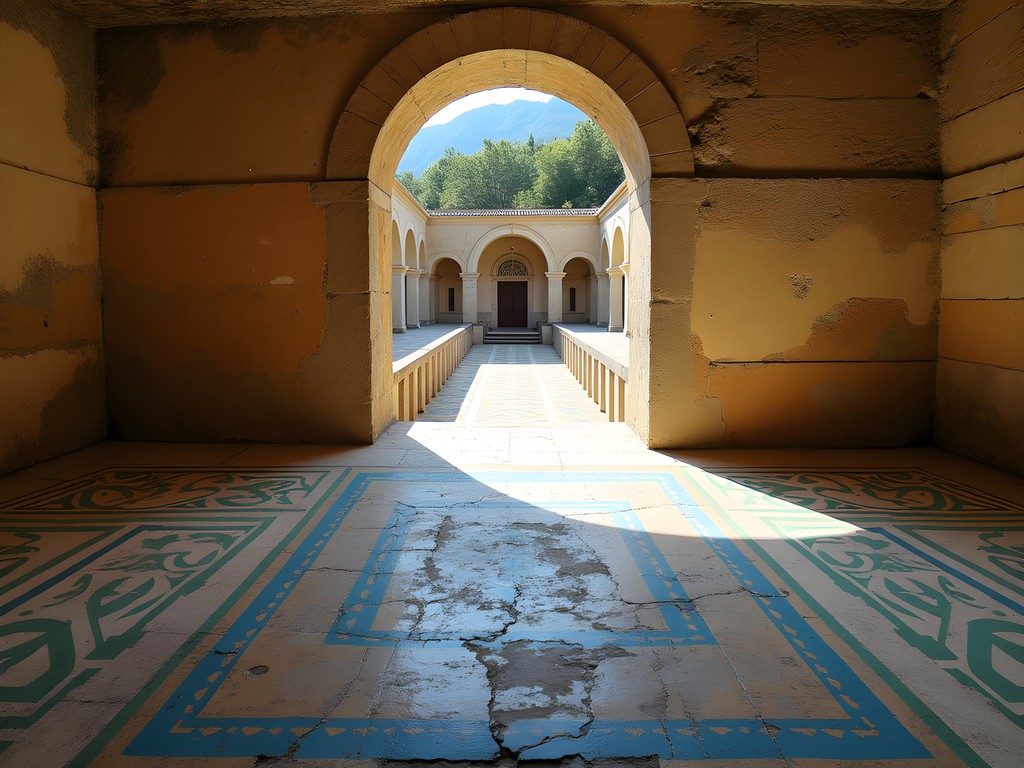
💡 Pro Tips
- Visit early morning (before 10 am) to have the site practically to yourself
- The audio guide is worth the small additional fee for fascinating context
- Combine with lunch at a local trattoria in Minori's charming center
2. Torre dello Ziro: The Watchtower with a Dark Past
Perched high above Amalfi and Atrani sits Torre dello Ziro, a 15th-century watchtower with panoramic views and a history as dramatic as its setting. The moderate hike to reach this stone sentinel takes about 45 minutes from Amalfi, following ancient pathways once used by local defenders.
What makes this historical gem special isn't just its commanding position but its tragic legend. According to local lore, this tower served as the prison for Duchess Giovanna d'Aragona and her children in the 1500s. Accused of infidelity by her jealous husband, the Duke of Amalfi, they were allegedly imprisoned here before their execution. Standing within these ancient walls, I could almost hear the whispers of their ghosts carried on the sea breeze.
Elena, who specializes in medieval history, pointed out fascinating architectural details I would have missed—arrow slits designed for maximum defensive advantage and the clever rainwater collection system that allowed guards to remain at their posts during sieges.
The trail itself reveals the geological forces that shaped this dramatic coastline. As we climbed, I found myself stopping frequently to examine exposed limestone layers and Mediterranean scrub vegetation that has adapted to this harsh environment—much like the resilient people who have called these cliffs home for centuries.
Be sure to pack your hiking daypack with plenty of water and snacks. The trail isn't technically difficult, but the Mediterranean sun can be unforgiving, especially in late morning. The pack's multiple compartments are perfect for carrying your camera gear safely while scrambling over occasional rocky sections.
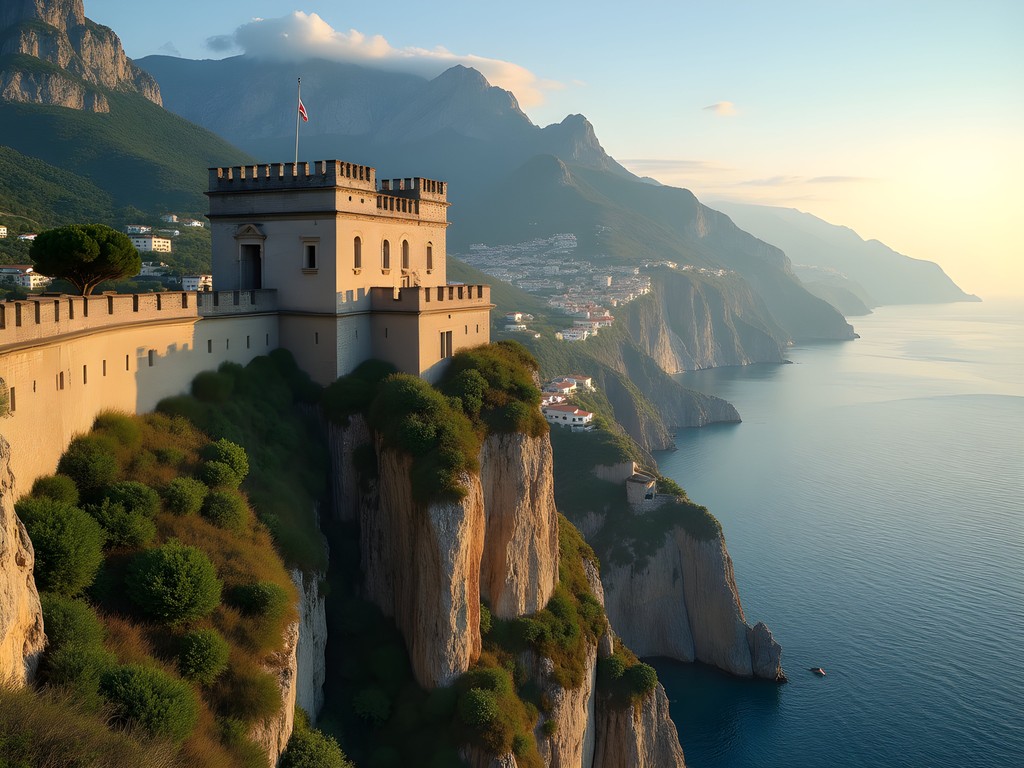
💡 Pro Tips
- Start the hike before 9 am to avoid midday heat
- Wear sturdy shoes with good traction—parts of the path are uneven
- Bring binoculars to spot ancient features along the coastline from this elevated vantage point
3. Valle delle Ferriere: Nature Reserve with Industrial Ruins
Just minutes from bustling Amalfi lies a verdant river valley that feels worlds away from the coastal crowds. The Valle delle Ferriere Nature Reserve isn't just a refreshing escape into lush microclimate—it's a fascinating window into the region's industrial heritage.
The name ferriere refers to the ironworks that once operated here, powered by the valley's abundant water. As you follow the well-marked trail, you'll discover the atmospheric ruins of medieval paper mills that produced the famous carta d'Amalfi (Amalfi paper)—once considered Europe's finest and still crafted in small quantities today.
What makes this valley particularly special from an environmental educator's perspective is the remarkable biodiversity. The cool, damp conditions support rare ferns and plants that have survived since prehistoric times, including the Woodwardia radicans, a living fossil from the Tertiary period that can grow fronds up to 2 meters long!
As Elena and I explored these ruins last spring, I was transported back to the canyon explorations I once led for my environmental education students in Arizona. Though geographically worlds apart, both landscapes tell stories of human ingenuity adapting to natural conditions—the ancient Amalfitans harnessing water power just as indigenous peoples of the American Southwest engineered sophisticated irrigation systems.
The dappled light filtering through the forest canopy creates magical photography opportunities. I captured some of my favorite images of the entire trip here using my travel tripod, which was light enough to carry on the hike but sturdy enough to get crisp shots of the flowing water using slower shutter speeds.
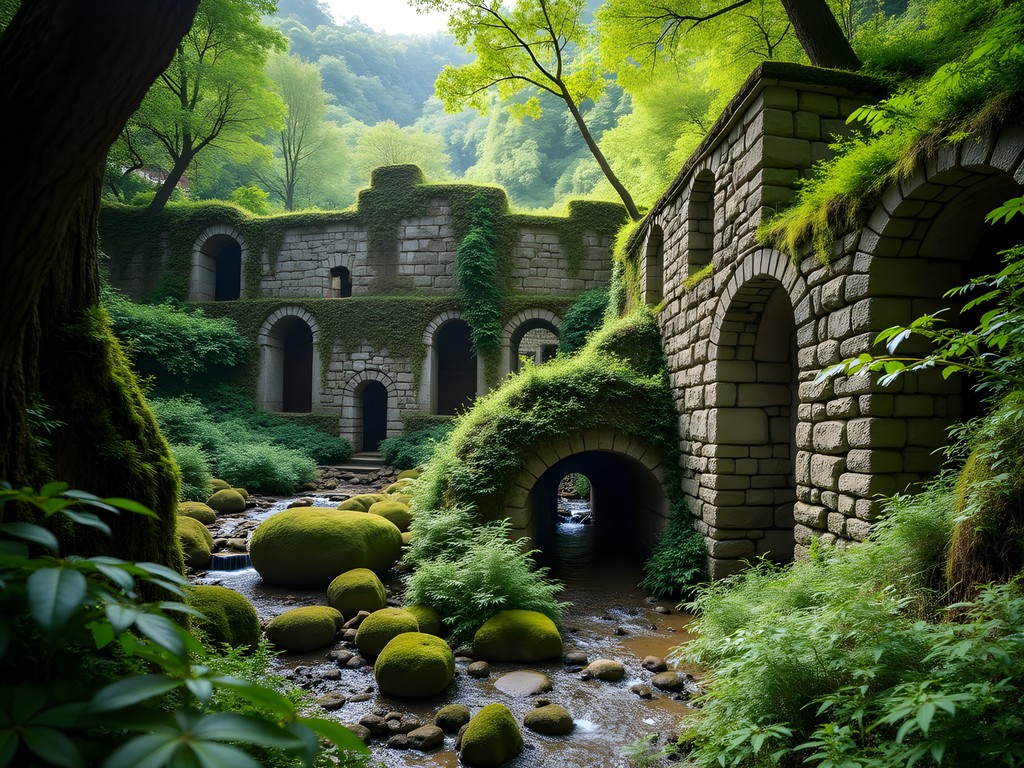
💡 Pro Tips
- Visit on weekdays to avoid local weekend crowds
- Pack a light rain jacket as the microclimate can be surprisingly misty
- Bring a refillable water bottle—the spring water along the route is clean and delicious
4. Basilica del Crocifisso & Cloister of Paradise
While Amalfi's main cathedral draws the crowds, few visitors discover the historical treasures hidden just next door. The Basilica del Crocifisso (Basilica of the Crucifix) and the adjoining Chiostro del Paradiso (Cloister of Paradise) offer a serene escape into medieval splendor that shouldn't be missed.
Built in the 9th century as Amalfi's original cathedral, the Basilica now houses a remarkable museum of sacred art. What struck me immediately was the contrast between its austere stone exterior and the breathtaking Byzantine-influenced frescoes within. Standing beneath these ancient painted scenes, I found myself explaining to Elena how the artistic techniques reminded me of Native American pictographs I'd documented in Arizona canyons—both using natural pigments to create lasting images that told cultural stories.
The real gem, however, is the Chiostro del Paradiso—a 13th-century cloister featuring delicate white marble columns supporting interlaced Moorish arches. Walking through this peaceful garden courtyard feels like stepping into a perfect fusion of Islamic and Christian architectural traditions, reflecting the cosmopolitan trading culture of medieval Amalfi.
As a geology enthusiast, I was fascinated by the marble sarcophagi displayed along the cloister walls. These ancient Roman coffins, repurposed by medieval Amalfitan nobles, feature exquisitely carved mythological scenes. Elena pointed out how the marble itself tells a story of trade routes and geological resources that shaped Mediterranean civilizations.
I highly recommend bringing a good travel guidebook to fully appreciate the historical context and easily missed details. The official guides move quickly through these spaces, but having your own reference lets you linger and discover the fascinating stories behind specific artifacts and architectural elements.

💡 Pro Tips
- Purchase the combined ticket that includes access to both the cathedral and museum complex
- Visit late afternoon when the slanting light illuminates the cloister columns beautifully
- Look for the ancient Roman sarcophagus repurposed as an altar in the Basilica
5. Grotta dello Smeraldo: A Natural Cathedral with Ancient Offerings
Between Amalfi and Positano lies a natural wonder with a fascinating historical dimension that most tourists completely miss. The Grotta dello Smeraldo (Emerald Grotto) is often dismissed as merely a natural attraction, but this sea cave holds archaeological treasures that connect us to ancient spiritual practices.
Reachable by boat or elevator from the coastal road, this marine cave glows with an otherworldly emerald light created when sunlight filters through the underwater opening. But what truly captivated me was learning about the ancient ceramic ex-votos and statuettes discovered on the cave floor—religious offerings from Roman times that suggest this ethereal space served as a natural temple thousands of years ago.
In 1956, local fishermen discovered a submerged ceramic nativity scene on the cave floor, which has since become a unique underwater tradition. Diving to visit these submerged figures during the Christmas season is now a local custom that bridges ancient and modern spiritual practices.
As we floated through the luminous green waters in a small rowboat, our guide pointing out the stalactites that have grown downward over millennia, I was reminded of the sacred cenotes I'd visited in Mexico's Yucatán Peninsula. Both feature that magical combination of geological wonder and human reverence that makes certain natural spaces feel truly sacred.
The cave's microclimate creates interesting acoustics, and Elena and I were treated to our boatman singing a traditional Neapolitan song that echoed hauntingly through the chamber—a moment I captured with my waterproof camera. This durable underwater camera is perfect for environments like this where moisture and low light present challenges for photography.
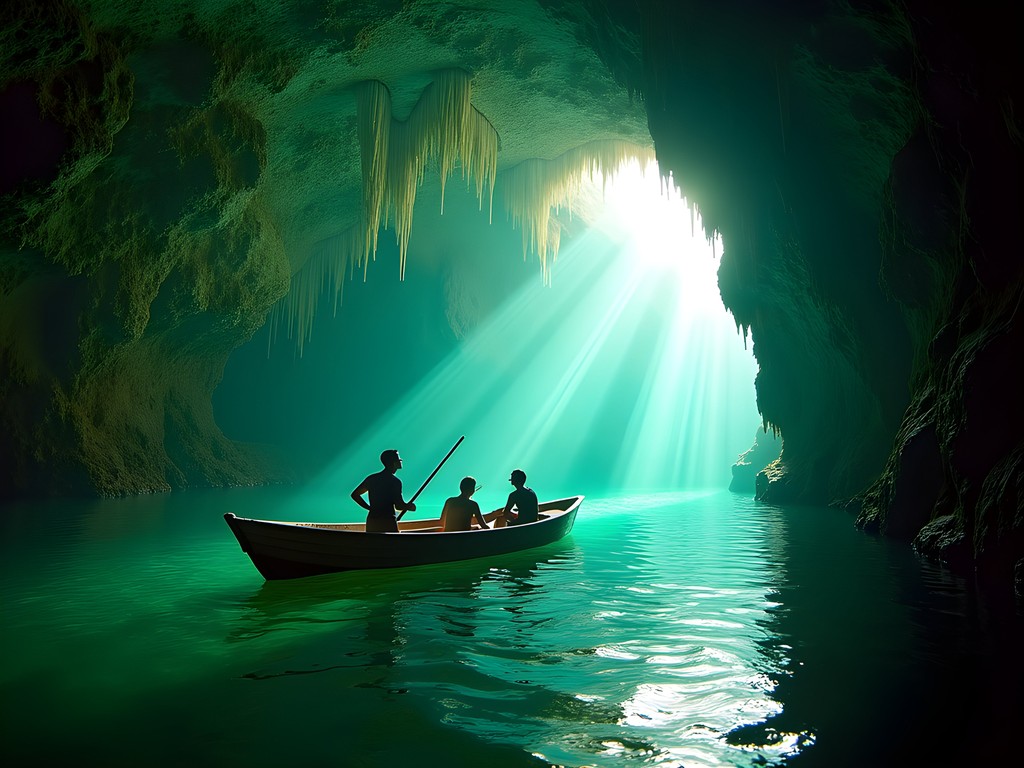
💡 Pro Tips
- Visit between 1-2 pm when the sunlight creates the most intense emerald effect
- Take the boat from Amalfi rather than the elevator from the road for the full coastal experience
- Ask your guide about the underwater archaeological discoveries—many don't mention them unless prompted
6. Scala: Medieval Village with Noble Ruins
Perched high above Amalfi sits Scala, the oldest settlement on the Amalfi Coast and a living museum of medieval architecture that receives a fraction of the visitors that flood the coastal towns below. Founded in the 4th century, this hillside village offers a rare glimpse into the region's feudal past through its remarkably preserved ruins.
The crown jewel of Scala is the ruins of Basilica of Sant'Eustachio, dating from the 11th century. Only the apse remains intact, creating a dramatic stone skeleton against the sky that frames breathtaking views of the coast below. As a geologist at heart, I was fascinated by how the local limestone was quarried and shaped into these soaring arches that have withstood centuries of earthquakes and weather.
Elena and I spent a full afternoon exploring Scala's network of ancient pathways connecting five distinct hamlets, each centered around its own church. These trails were once the primary transportation routes before modern roads, and walking them connects you physically to the medieval experience in a way no museum can replicate.
The noble palaces of Scala tell the story of powerful merchant families who controlled trade throughout the Mediterranean. The Rufolo, d'Afflitto, and Confalone families built magnificent residences here, some of which you can glimpse through ancient gateways. Look for the family crests still visible on certain facades—I created a little scavenger hunt identifying these symbols, something I would have done with my teenagers to make history come alive.
After a day of exploration, we rested our tired feet at a family-run trattoria in the main square, savoring local specialties while watching the sunset paint the stone buildings in golden light. I'd packed my compact binoculars which proved invaluable for spotting architectural details on distant structures and appreciating the intricate stonework that would be impossible to see clearly with the naked eye.
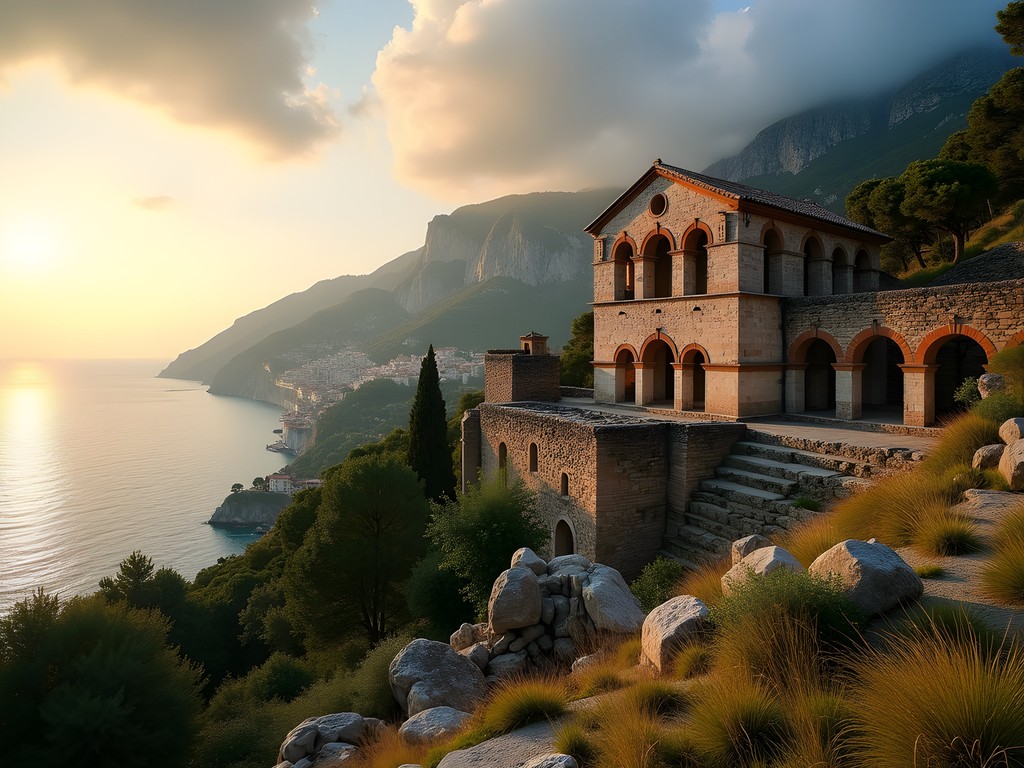
💡 Pro Tips
- Take the SITA bus from Amalfi to Scala (15 minutes) rather than driving as parking is limited
- Wear comfortable shoes with good traction—the medieval streets are steep and sometimes slippery
- Visit the small but excellent local history museum to understand the context of the ruins you'll explore
7. Sentiero degli Dei: Ancient Roman Thoroughfare
While the Path of the Gods (Sentiero degli Dei) has gained popularity in recent years for its spectacular views, few hikers realize they're walking in the footsteps of ancient Romans along a route that served as a vital communication link long before modern roads hugged the coastline.
This 7.8 km (4.8 mile) trail between Bomerano and Nocelle was part of a Roman road system that connected settlements across the rugged Lattari Mountains. What fascinates me as both a geologist and history enthusiast is how the path follows the natural contours of the limestone mountains, demonstrating the Romans' sophisticated understanding of terrain and sustainable engineering.
Elena and I set out early one morning from Bomerano, following the well-marked path as it winds through terraced lemon groves and Mediterranean scrubland. The trail reveals spectacular cross-sections of the region's limestone geology, with visible layers representing millions of years of marine sediment accumulation before tectonic forces thrust these ancient seabeds skyward.
Along the route, we discovered remnants of ancient stone shelters used by shepherds for centuries, some potentially dating back to Roman times. These simple structures, built using the dry-stone technique without mortar, demonstrate how traditional building methods evolved to use local materials and withstand the region's seismic activity.
Perhaps most moving was finding ancient rock carvings near a natural spring—simple symbols that connected us to travelers who stopped at this same water source thousands of years ago. Standing there, drinking from my water bottle while tracing these weathered markings with my fingertip, I felt that profound compression of time that only direct contact with ancient human traces can provide.
For this hike, I was grateful for my hiking poles which provided crucial stability on the occasionally steep and rocky sections. The cork handles remained comfortable despite sweaty hands in the Mediterranean heat, and the adjustable length proved invaluable when navigating the varying terrain.
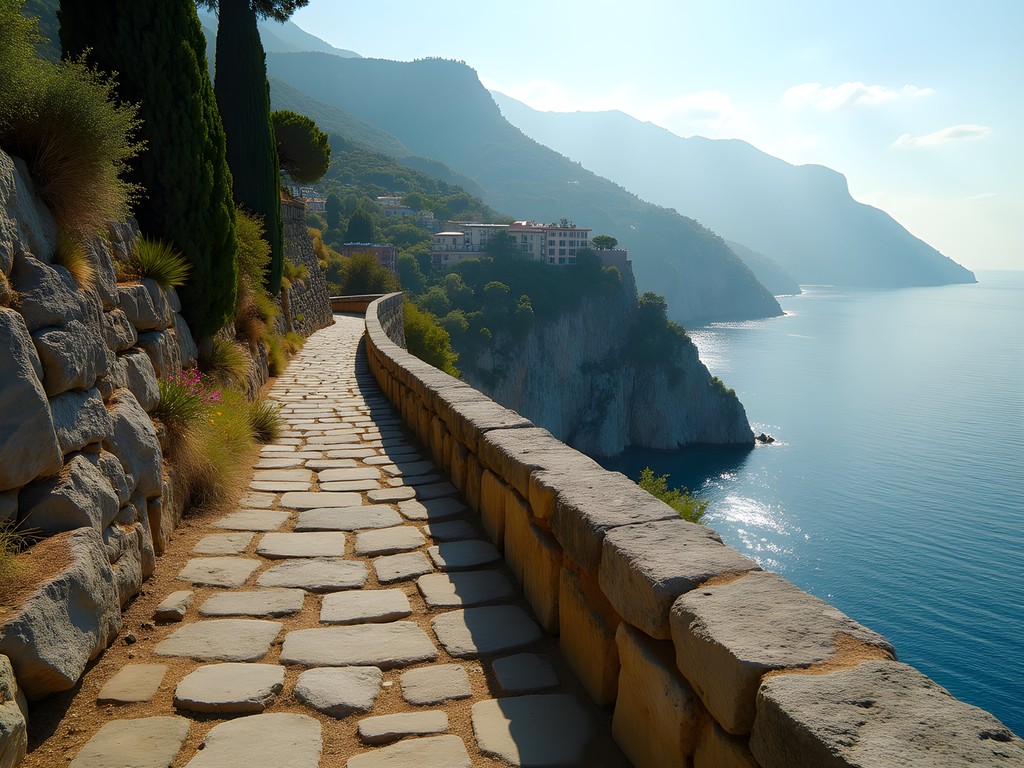
💡 Pro Tips
- Hike from Bomerano to Nocelle (not the reverse) to enjoy the best views and predominantly downhill route
- Start by 8:30 am to avoid both afternoon heat and crowds from cruise ship excursions
- Bring at least 2 liters of water per person—there are limited refill opportunities along the route
Final Thoughts
As our week along the Amalfi Coast drew to a close, Elena and I found ourselves sitting at a small café in Ravello, comparing notes and reflecting on our journey through time. These seven historical gems had transformed our experience from a typical coastal holiday into something far richer—a deep dive into the layered history of a landscape shaped by both natural forces and human hands across millennia. What struck me most was how these lesser-known sites offered not just a respite from crowds but a more authentic connection to the soul of this ancient coastline. Like the hidden canyons of Arizona that first sparked my passion for geological storytelling, these Amalfi treasures reveal themselves only to those willing to venture beyond the obvious attractions. I hope this guide inspires you to seek out these historical footprints on your own Amalfi adventure. The true magic of travel lies not just in stunning views (though the Amalfi Coast has those in abundance) but in those quiet moments of connection with the countless lives that have shaped a landscape before us.
✨ Key Takeaways
- The Amalfi Coast's historical sites are best visited in spring when temperatures are moderate and crowds are thinner
- Always carry water, wear sturdy shoes, and start early to make the most of historical explorations
- Learning even a few words of Italian will enhance your experience at these less-touristed sites
📋 Practical Information
Best Time to Visit
April-May and September-October
Budget Estimate
$100-150 per day excluding accommodations
Recommended Duration
7 days
Difficulty Level
Moderate

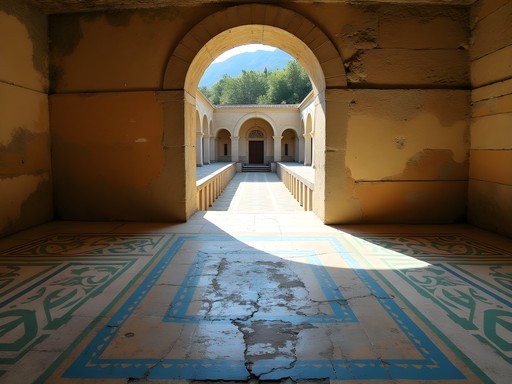
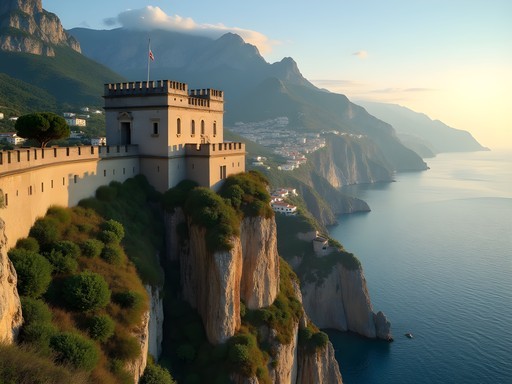
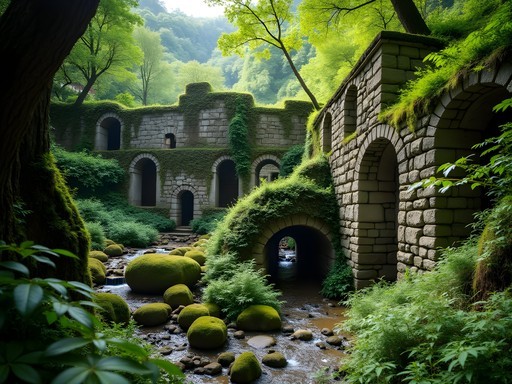
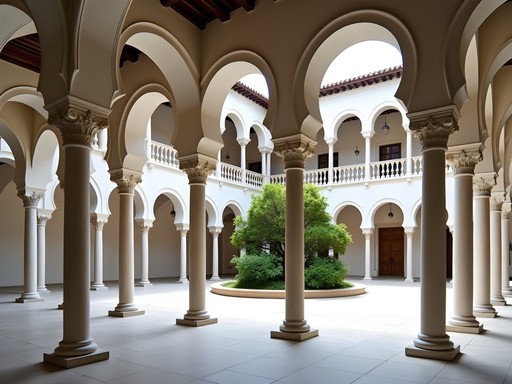
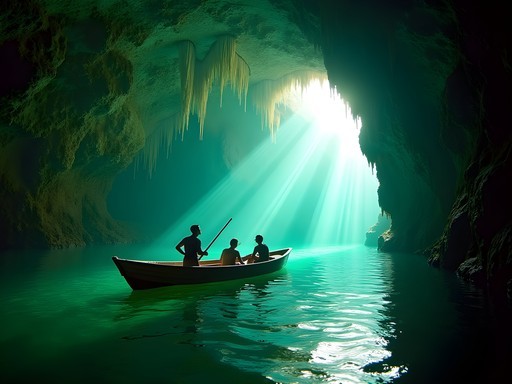
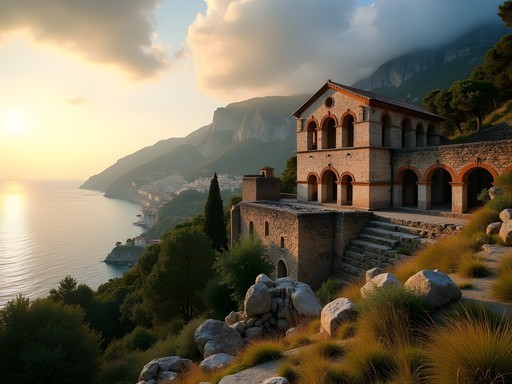


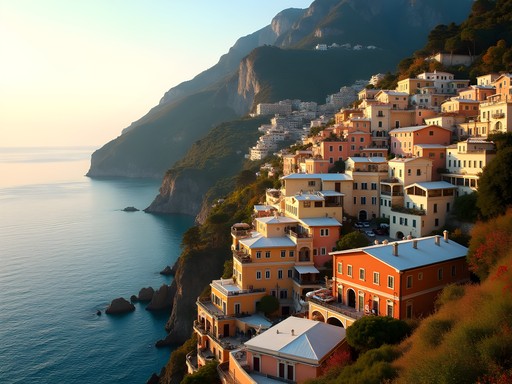







Comments
cityblogger
Just got back from Amalfi and visited the Cloister of Paradise on your recommendation. Absolutely magical place! One tip for others - they sometimes close early during off-season, so check the times before going. We almost missed it but luckily arrived just in time.
smartclimber
Great list! How difficult would you say the hike to Valle delle Ferriere is for someone with moderate fitness?
Haley Butler
With moderate fitness you'll be fine! There are a few steeper sections but plenty of places to rest. Just wear good shoes and start early to avoid midday heat. The shade in the valley is refreshing once you get there!
Kimberly Murphy
Brilliant post! I've been to the Amalfi Coast three times and somehow missed most of these gems. Last time I visited the Basilica del Crocifisso and was blown away by how peaceful it was compared to the busier churches. One tip I'd add - if anyone's planning to visit multiple historical sites, I found the Campania ArteCard saved us quite a bit of money and includes public transport too. For Torre dello Ziro, bring binoculars if you have them - the coastal views are spectacular and you can spot dolphins sometimes!
wildexplorer
Just bookmarked this! Heading to Amalfi in August and was worried about the crowds. These spots look perfect!
Jennifer Rodriguez
Great post highlighting the historical depth of the Amalfi Coast! I'd add the Paper Museum in Amalfi town to this list - it's housed in an actual medieval paper mill and shows how the region was once famous for papermaking. The entrance fee is only €4 and it takes about 45 minutes to see properly. Also worth noting for budget travelers: many of these historical sites have reduced prices or are free on the first Sunday of each month. I saved almost €30 during my week there by planning around this. The local tourist offices have printed schedules with all the free days if you ask.
wildway
Just got back from Amalfi and visited the Villa Romana after reading this! Pro tip: there's a tiny family restaurant called Da Nonna Maria about 5 minutes walk from there. Best seafood pasta I've had in my life and none of the tourists from the bigger towns know about it!
wildway
We just walked in for lunch, but dinner might need a reservation. It's tiny - maybe 8 tables total. The owner's son speaks English if your Italian isn't great!
vacationtime
Ooooh thanks for the restaurant tip! Did you need reservations or could you just walk in?
globepro
Villa Romana di Minori was the highlight of our trip! So underrated.
wavebackpacker4377
Love that shot of Torre dello Ziro! The lighting is perfect. Did you hike up from Amalfi or Atrani?
Haley Butler
Thank you! We actually hiked up from Pontone, which is a tiny village above Amalfi. It's a bit easier route and has some amazing views along the way.
moonbackpacker
How did you get around to all these places? Is public transportation reliable or should I rent a car? Going in June and trying to figure out logistics!
coffeebuddy
Not the author but we did SITA buses last year. Cheap and decent but PACKED in summer. Just be prepared to stand sometimes.
Haley Butler
I mostly used buses and ferries! Driving is stressful on those narrow roads and parking is a nightmare. For Villa Romana and the Valle, the local buses stop very close. Torre dello Ziro requires a hike no matter what. Just get the SITA bus schedule app and be patient - they run on Italian time 😊
Sophia Gomez
Haley, this brought back so many memories! I visited most of these spots on a solo trip last autumn. The Basilica del Crocifisso was actually my favorite - I happened to visit during a local festival and the entire place was lit with hundreds of candles. For anyone planning a visit, I'd add the Paper Museum in Amalfi to this list - it connects beautifully to the industrial history mentioned in Valle delle Ferriere. The region's papermaking tradition dates back to the 13th century and the museum is housed in an ancient paper mill. Small but fascinating! Also, if you're visiting multiple sites, consider getting the combined ticket at the tourist office in Amalfi center.
nomadadventurer5152
The Paper Museum sounds interesting! About how long does it take to visit? We're trying to plan our days efficiently.
Sophia Gomez
It's small - about 45 minutes is enough to see everything and they do a papermaking demonstration every hour that's worth catching!
Venture X
Premium card with 2X miles, $300 travel credit, Priority Pass